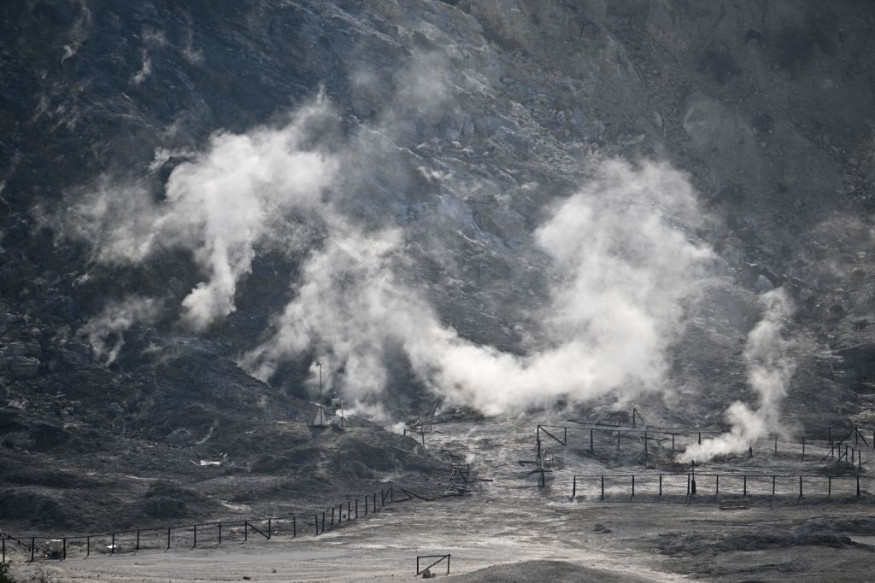
Scientists are raising alarms over the Phlegraean Fields, a supervolcano near Naples, Italy, as it shows signs of increased activity.
Known for its massive potential to disrupt the global climate, the volcanic region has been releasing heightened levels of carbon dioxide since 2005, particularly at the Solfatara crater, a focal point for researchers.
Volcanologist Gianmarco Buono from Italy's National Institute of Geophysics and Volcanology emphasized the importance of identifying the source of these emissions.
"Estimating the source of the carbon dioxide is vital to understanding the changes in the magmatic and hydrothermal systems," he explained.
His team is developing methods to distinguish between carbon dioxide produced by magma and other geological processes, offering new tools for monitoring volcanic regions worldwide.
The Phlegraean Fields have emitted between 4,000 and 5,000 tons of carbon dioxide daily, equivalent to the pollution from burning 500,000 gallons of gasoline, Earth.com reported.
Phlegraean Fields Unrest Highlights Volcanic Complexity, Global Implications
Studies attribute 60% to 80% of the emissions to underground magma, with the rest linked to calcite dissolution in surrounding rocks, according to Geology. This dual source of emissions underscores the complexity of the volcanic system.
The area has experienced increased ground deformation and minor earthquakes since the mid-20th century, signaling heightened volcanic activity.
By 2012, the region's alert level was raised to yellow, reflecting the ongoing unrest, though scientists clarified that this did not indicate an immediate eruption threat.
Supervolcanoes, like the Phlegraean Fields, are geological giants capable of ejecting over 1,000 cubic kilometers of material during eruptions, drastically altering the environment and climate. While the last eruption in this region occurred in 1538, scientists stress the importance of vigilance.
Buono's research not only sheds light on the Phlegraean Fields but also provides insights applicable to other volcanic systems. Monitoring these emissions is critical for public safety, as understanding their origin helps predict potential volcanic events.
© 2025 NatureWorldNews.com All rights reserved. Do not reproduce without permission.





